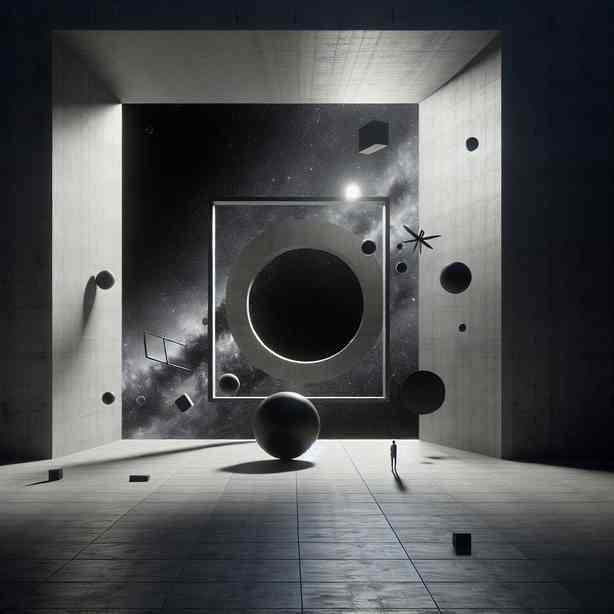
When you delve into the world of art, design, or even photography, you often encounter a concept known as negative space. This term might initially seem a bit abstract, but as we explore it further, you’ll come to realize its profound significance. Negative space refers to the empty areas surrounding the main subjects of your artwork. It’s not merely ’empty’ space; rather, it plays a crucial role in defining the overall composition, creating balance, and enhancing the visual storytelling of a piece.
When artists or designers harness the power of negative space, they are essentially employing a technique that can evoke emotions, create depth, and engage viewers in a multifaceted experience. Imagine stepping into a gallery filled with paintings that utilize negative space effectively. You might notice how your gaze is drawn not only to the subjects but also to the intriguing shapes and forms created by the absence of elements. This dance between what is present and what is absent can ignite a deeper connection with the artwork.
One of the most captivating aspects of negative space is its ability to transform a seemingly simple composition into something profound. For example, think about the iconic logo of the FedEx corporation. At first glance, it appears to be a straightforward design with the letters “E” and “X” prominently featured. However, upon closer inspection, you might spot an arrow formed by the negative space between these two letters—a clever representation of movement and precision. This subtle yet powerful use of negative space not only reinforces the brand’s identity but also invites viewers to look deeper.
The effectiveness of negative space goes beyond mere aesthetics. It invites contemplation and encourages interaction. In photography, for instance, a skilled photographer may position their subject against a vast, uncluttered background, allowing the viewer to focus entirely on the subject while simultaneously contemplating the surrounding emptiness. This technique can evoke feelings of loneliness, freedom, or introspection, depending on the context in which it is used.
As we navigate through the realm of design, it’s essential to understand that negative space isn’t just applicable to visual art; it’s also a fundamental principle in writing and communication. In literature, the spaces between words, sentences, and paragraphs can convey rhythm and pacing, allowing readers to absorb information more effectively. Just as a painter might leave blank areas on a canvas, a skilled writer can create pauses and breaks in their text to guide the reader’s journey.
The appreciation of negative space can also extend to our daily lives. In an age filled with constant noise and visual clutter, the concept reminds us of the beauty of simplicity and the power of absence. How often do we overlook the spaces in our lives—the quiet moments waiting to be filled, the blank pages in a journal, the empty corners of our homes? These spaces, while devoid of physical elements, can hold tremendous potential for creativity and reflection.
It’s interesting to consider how negative space can influence our perception of time and relevance in our surroundings. In a bustling café, for instance, the empty tables and chairs hold stories of previous conversations, offering a momentary pause in the ongoing flow of life. This is a powerful reminder that sometimes, it’s the silence, the voids, and the unoccupied areas that speak volumes.
Exploring the world of negative space can also enhance your skills as an observer and creator. By training yourself to recognize how spaces interact with elements, you will begin to see the world through a more nuanced lens. Whenever you engage in creative projects, take a moment to consider how the negative space within your work can amplify your message or enhance the composition. Whether you’re arranging items in a room or designing a digital interface, paying attention to these absent areas can lead you to more impactful outcomes.
In closing, embracing negative space invites us to appreciate the subtle yet impactful aspects of both art and life. It’s a powerful concept that offers layers of meaning, adding depth to our creations and experiences. Whether you’re an artist, a designer, a writer, or simply an individual navigating your daily life, recognizing the significance of these empty spaces can enhance your understanding of balance, composition, and emotion.
As you continue to explore the intersections of presence and absence, may you find inspiration in the beauty of what is not there, and may it lead you to a deeper appreciation of the intricate connections that define our creative expression. So let us cherish the moments of quiet and the elegance that resides in simplicity, for it is often in these spaces that our most profound insights are born.


